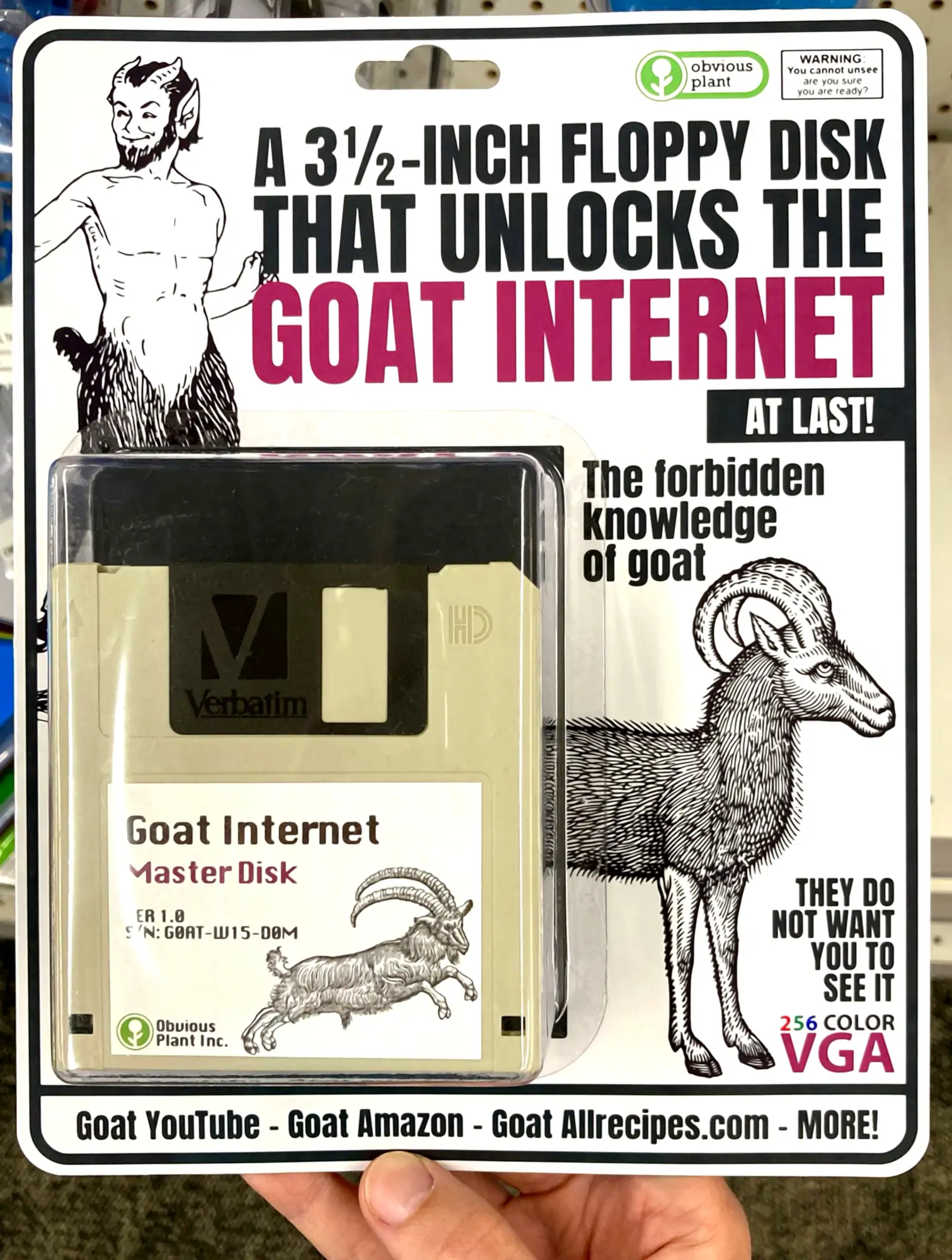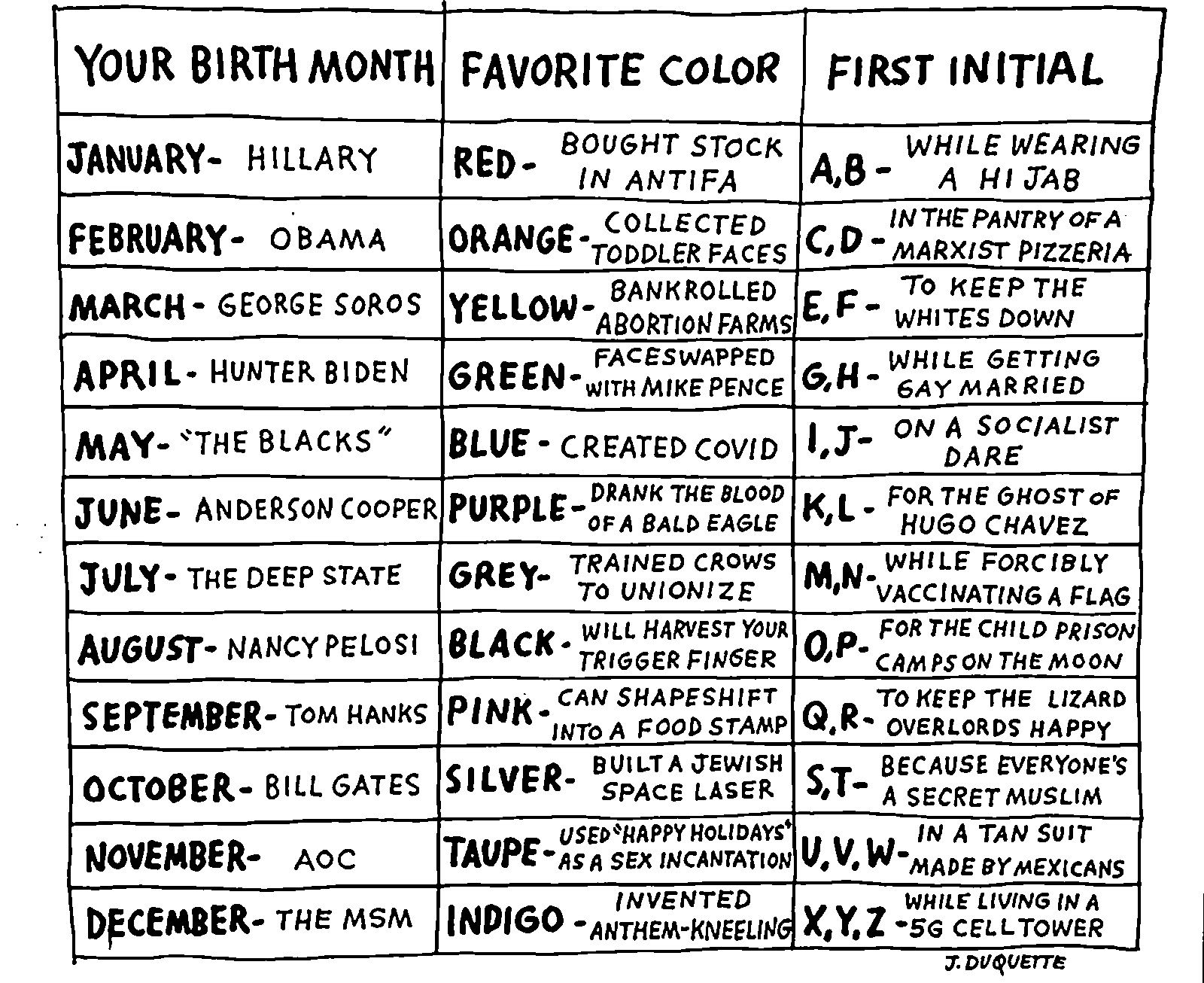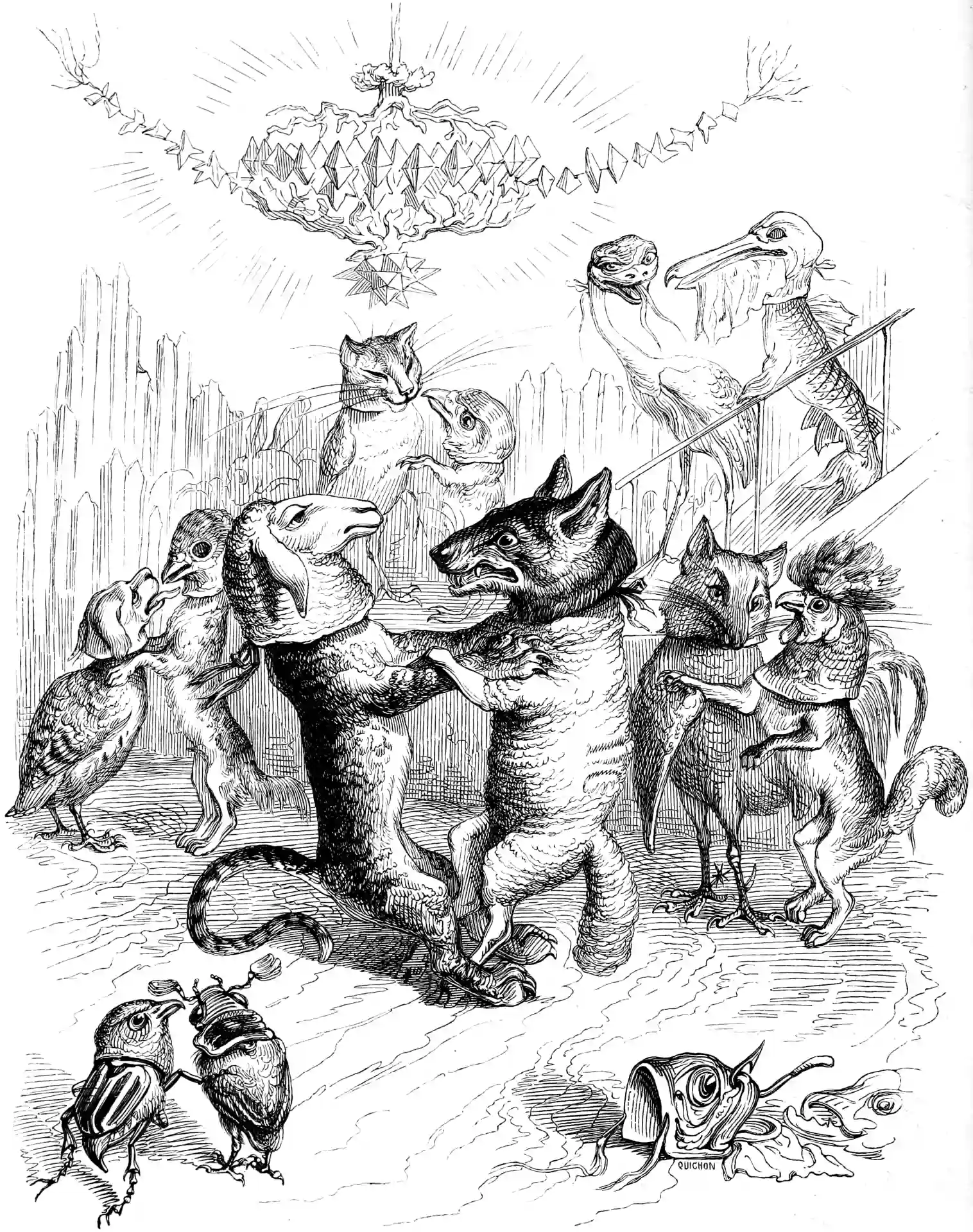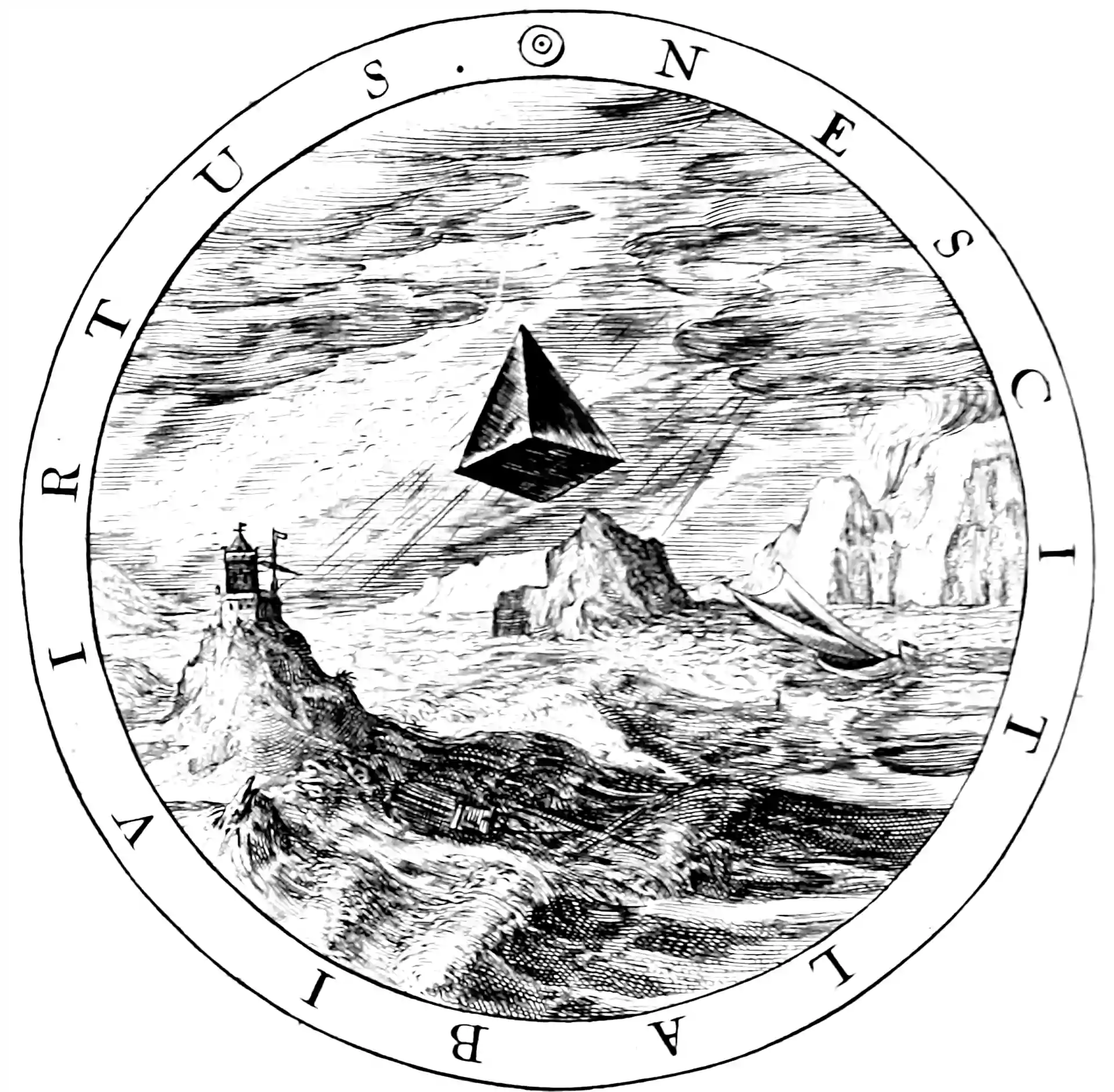Modern conspiracy theorising
Someone paid me to write this
2020-08-15 — 2024-09-17
Lay theories of political science. This one is very much of the moment and is interesting for a variety of reasons, e.g. as weaponized social media strategy. Or, if you would like, the dual problem to epistemic trust.
I am interested in particular inconspiracy theories whose theses lean demonstrably too much upon explicit elite coordination when the observations they seek to explain are more plausibly explained by other phenomena. Whom we think it is plausible to accuse of conspiring is influenced by our political leanings, of course, and who we regard as the alien outgroup. But attempting to zero out that bias, we still all seem prone to conspiracies that are not the most parsimonious; wherein elites are supposed to conspire in a way that is more fragile, risky, expensive and/or complicated than letting the normal dynamics of power and incentives play, without needing to bother sitting on a covert coordinating committee together, let alone one with a hood-and-sacrificial-dagger dress code.
1 As breakdown of trust
Possibly the most important angle but I have nothing to say yet. Trust and scepticism is an elixir which can produce truth when mixed in the correct ratio. Something about outgroups always seems to matter here; aliens/experts, the perennial popularity of Jewish conspiracies amongst non-Jews, the current fad for classifying dealing with Chinese institutions and businesses, broadly, as conspiring with Chinese state narrowly amongst Australians and Americans…
2 As narrative overrun
I have observed a pattern around the internet:
- Someone holds claims the expert/educated/mainstream consensus on some topic is bonk. Some branch of medicine is hogwash, some physics theory is incoherent and useless, the ethical stances of some group is blatantly inconsistent and dangerous.
- I cheer them on, you go fellow crazy person! This stuff is bs and more should hear about it.
- I keep reading their reply/post/article/book… and get increasingly sad as they finish off their claims with: But I have THE SOLUTION that medics don’t want you to know, but I KNOW the correct interpretation for this realm of physics, but MY ETHICS could be imposed upon that group and they’d be saved.
I cannot express how much this saddens me. Why must it be that all healthy scepticism always turns into quackery?
3 Because society is too complicated to understand without a conspiracy.
5 As games
It is hip at the moment to consider the QAnon conspiracy network in particular in the context of collaborative games.
The digital architecture of Facebook groups is also particularly well-suited to QAnon’s collaborative construction of an alternative body of knowledge, Friedberg said. The platform has created a ready-made digital pathway from public pages to public groups to private groups and finally secret groups that mirrors the process of “falling down the rabbit hole or taking the red pill”.
There is a populist/popular collective horror story being written by a great many authors across the media landscape, according to Mike Hoye, writing on the gamification of conspiracy:
Hey, does anyone remember the tagline from the Majestic conspiracy game back in the day: “The Game Plays You”? Hold that thought.
You might have seen the argument from Adrian Hon recently, that the QAnon conspiracy theory is actually an ARG:
Theory: QAnon is popular partly because the act of “researching” it through obscure forums and videos and blog posts, though more time-consuming than watching TV, is actually more enjoyable because it’s an active process.
Game-like, even; or ARG-like, certainly.
— Adrian Hon (@adrianhon) July 9, 2020
… and I knew I’d seen an argument that general shape before, but I couldn’t remember where; the “bottomless ARG” idea, I mean. It hit me earlier this week, shortly before the phrase “Alien DNA and Demon Sperm” became a part of this year’s pantheon of nonsensical headline nightmares: that was C.S. Lewis’ description of occultism, and the occult in general.
Lewis saw occultism as a sort of psychological snare, a set of endlessly self-referential symbols of symbols of symbols with no ultimate referent, a bottomless rathole for the overcurious inquirer designed to perpetually confuse and distract the mind. Beaudrillard, incidentally—creator of the term “hyperreal” – saw modern finance, and particularly advertizing, in the same light—a set of self-referential symbols ultimately disconnected from reality, meaningful only in their own context, self-sustaining only to people trapped in that interlocking mesh.
[…] And with an audience already wound up in this unfiltered, overpopulated hyperreality-as-service, you barely need to do any work at all to kickstart the sort of amazing, self-sustaining paranoia-fulfillment engine that would have put the last few centuries’ foil-hatted quasi-mystic conspiriographists’ jaws right on the floor. All you need is enough people in rough proximity who feel frightened and powerless, a compelling seed crystal—the antivax fraud, the Qanon clownshow, a thousand others, it barely matters as long as it’s got a sharp hook—and this cancerous hyperculture machine pretty much bootstraps itself, making in-group celebrities out wannabe James Burkes pulling obscure facts together and drip-feeding the occasional five-like dopamine hit to the noobs explaining that you can’t spell “Rosicrucianist Aliens” without “Clintons”.
[…] So now thousands and thousands of people are participating, without realising it, in a massively-distributed, collaborative occult ceremony, tying every scrap of fact and coincidence of the world together into this giant fractal-sefirot red-yarn serial-killer wall, drawing lines of imaginary digital salt from symbol to symbol to meaningless symbol, each utterly disconnected from anything more real than their own paranoid helplessness and fear.
Another way to say that is: QAnon is a occult conspiracy whose nefarious secret purpose is… convincing themselves that an occult conspiracy actually exists.
Adrian Hon’s tweet, cited above, has been expanded into a blog post where he goes deep into some depth, especially about the gamification angle.
6 As cognitive bias
Kirby Ferguson’s The Return of Magic, via kottke is a document on these themes. Summarised:
He also identifies six main aspects of magical thinking:
- Obsession with symbols and codes (e.g. pizza as a “deep state” code for child trafficking)
- Dot connecting (e.g. linking 5G with Covid-19)
- Behind every event is a plan concocted by a person (e.g. Soros and the “deep state” conspiracy)
- Purity (e.g. the Satanic panic and heavy metal music)
- Apocalypse is nigh (e.g. the “deep state” again)
- Preoccupation with good and evil (e.g. liberals are not only wrong but evil).
Also progressives are certainly prone to think that conservatives are “not only wrong but evil”.
7 As collective hysteria
TBD: more discussion of the memetics of conspiracy theory.
- Are ‘busloads’ of shoppers really stripping Australia’s regional supermarkets bare?
- The Truth Behind the Amazon Mystery Seeds From China
- Hugo Drochon argues that interest in conspiracy believers is itself a kind of collective hysteria and there are not so many conspiracy believers in The Conspiracy Theory Bubble. He does argue for an increased salience of conspiracy believers, in the sense that it we are likely to report more on conspiracy beliefs. It is easy to imagine that we could do both.
8 As alternative epistemic community
Wojtowicz and DeDeo (2020)
Recent work in cognitive science has uncovered a diversity of explanatory values, or dimensions along which we judge explanations as better or worse. We propose a Bayesian account of how these values fit together to guide explanation. The resulting taxonomy provides a set of predictors for which explanations people prefer and shows how core values from psychology, statistics, and the philosophy of science emerge from a common mathematical framework. In addition to operationalizing the explanatory virtues associated with, for example, scientific argument-making, this framework also enables us to reinterpret the explanatory vices that drive conspiracy theories, delusions, and extremist ideologies.
Aragorn Eloff argues that there is an informational-class war.
Consider also the problems that science has with trust. Is the community of science so healthy?
9 As agency
10 Spicy conspiracies
I quite like Tartaria.
11 Incoming
QAnon as a nexus, model and test case. Charlotte Alter/Kenosha, in TIME conspiracies in the 2020 election.
Hm. See a timeline of the conspiracy theorising of the alt-right. Conspiracy theorising of the alt-left definitely now also a thing.
Brooke Harrington, Cooling out the marks—… works only when the marks perceive the coolers as members in good standing of the same reference groups.. Sarah Perry, How trust undermines science, which could be summarised as ‘Your “I fucking love science” shirt is not helping.’
Kari James, In Defence Of Conspiracy Theorists: It’s The Trauma, Stupid
Martin Hoye, The Shape Of The Monster
We have very few defences against the idea that the world should, fundamentally, in some way, from some perspective, make sense. Even fewer, I think, when we’re nervous, angry, frightened and tired and there are whole industries out there now, billion-dollar companies, whose real job is making sure people stay just nervous, angry, frightened and tired enough to keep clicking the things that make people nervous, angry, frightened and tired, of engineering moral vulnerability in people getting their first free hit of a scholar’s joy from the worst people in the world.
-
The facts warrant paranoia. At least, some of the facts warrant some paranoia. We cannot reject “conspiracy theories” en bloc.
You, your friend, and I all find ourselves in a pretty pass. Your mono-conspiracism has made you impossible to talk to, and it may well have led you to disgrace yourself. In recent years, members of the conspiracy-theory fan community—there is nothing else to call it—have stalked bereaved parents and plotted to steal elections. Even the most benign conspiracists spend a lot of time gossiping about strangers who may well be harmless. You need to extricate yourself from this community.
If you have fallen victim to a grave cognitive distortion, your friend has committed a lesser one of a similar kind. Like so many in the liberal centre (that dwindling but stubborn remnant), she has turned to the concept “conspiracy theory” as a single explanation for an apparent (but probably only apparent) rise in motivated reasoning, confirmation bias, demonization, and other logical errors that have always been with us.27 Nor are you entirely wrong in feeling that she throws around the term “conspiracy theory” to avoid reckoning with the many excellent reasons one may have for failing to register all one’s opinions with one’s local epistemological authorities.
I have, in my turn, found myself almost persuaded by both of you. I have read the words “Jeffrey Epstein suicide” and felt as though paranoia were a positive duty. I have read of Alex Jones’s persecution of the bereaved, and sworn off the entire world of “parapolitics.” You think I’m a patsy, or worse. Your friend thinks I’m as crazy as you are.
The hope of democracy is that we will, knowing all this, find a way to trust each other again, or at least, in the absence of trust, to halfheartedly will each other’s good.
Juels Evans, Conspirituality 2022.
This is the text of a talk I gave at Medicine festival in August 2022, summarising research I and others have done in the last three years on conspiracy thinking in New Age spirituality.
-
In this segment, OTM producer Leah Feder speaks with Travis View, host of the QAnon Anonymous podcast, who contextualizes this latest chapter in QAnon’s spread, and Seane Corn, a yoga instructor and co-founder of Off the Mat, Into the World, about what she’s been seeing in her community. She also speaks with Joseph Uscinski, professor of political science at the University of Miami, about why members of what appears to be a progressive community might be seduced by a seemingly right-wing conspiracy theory.








